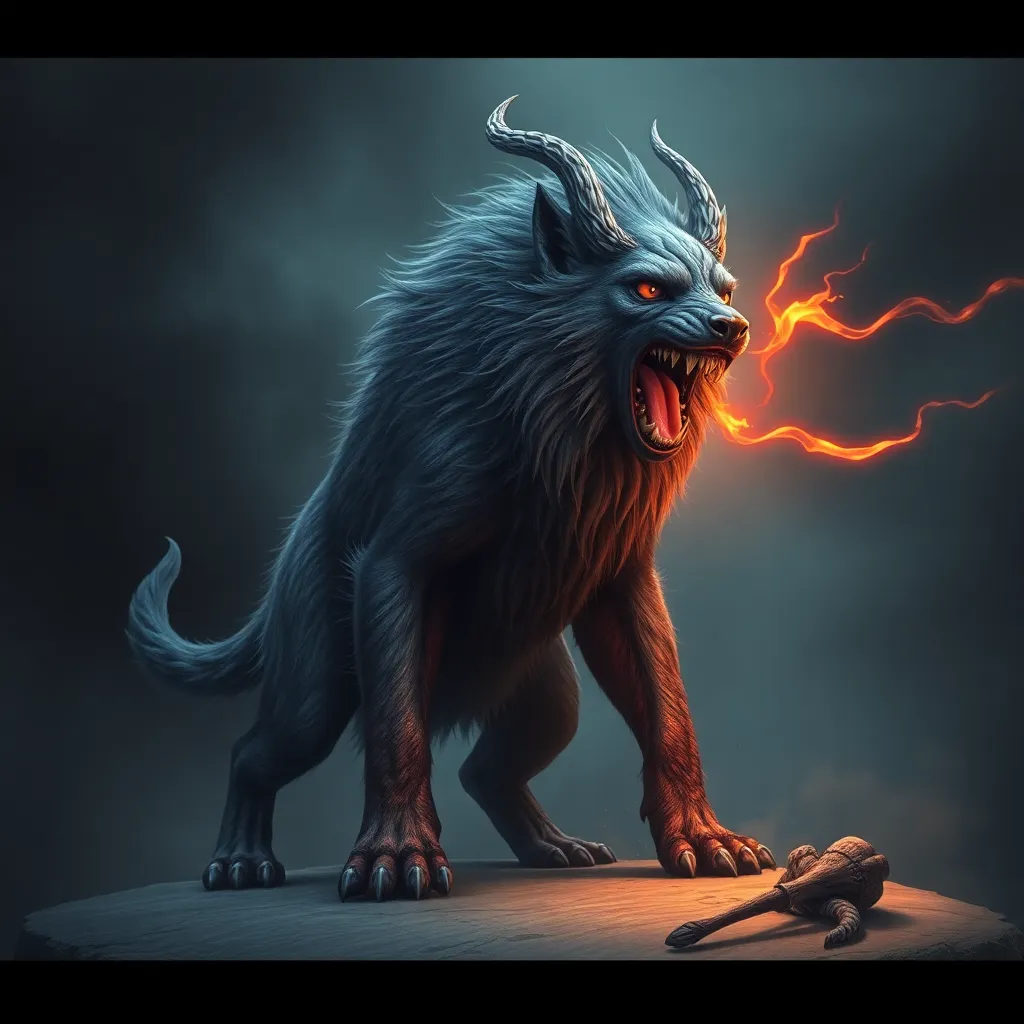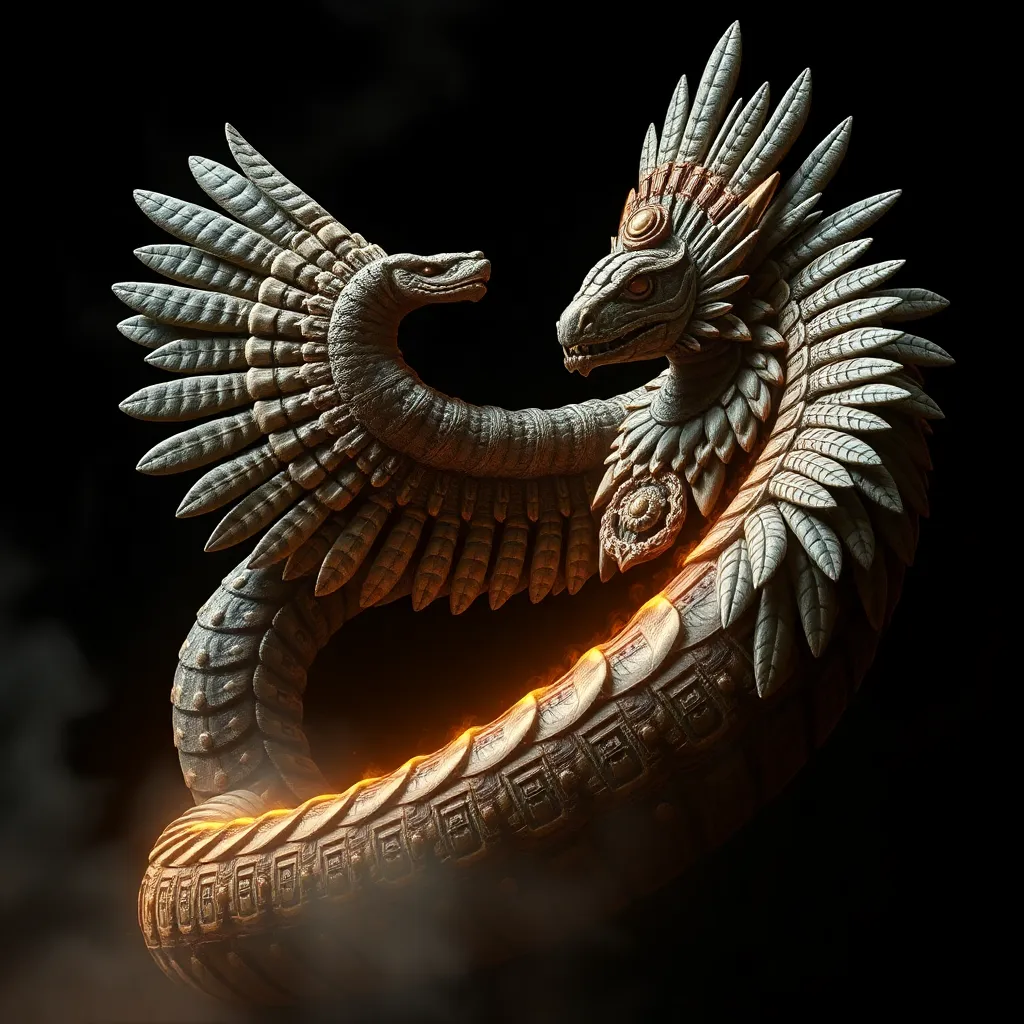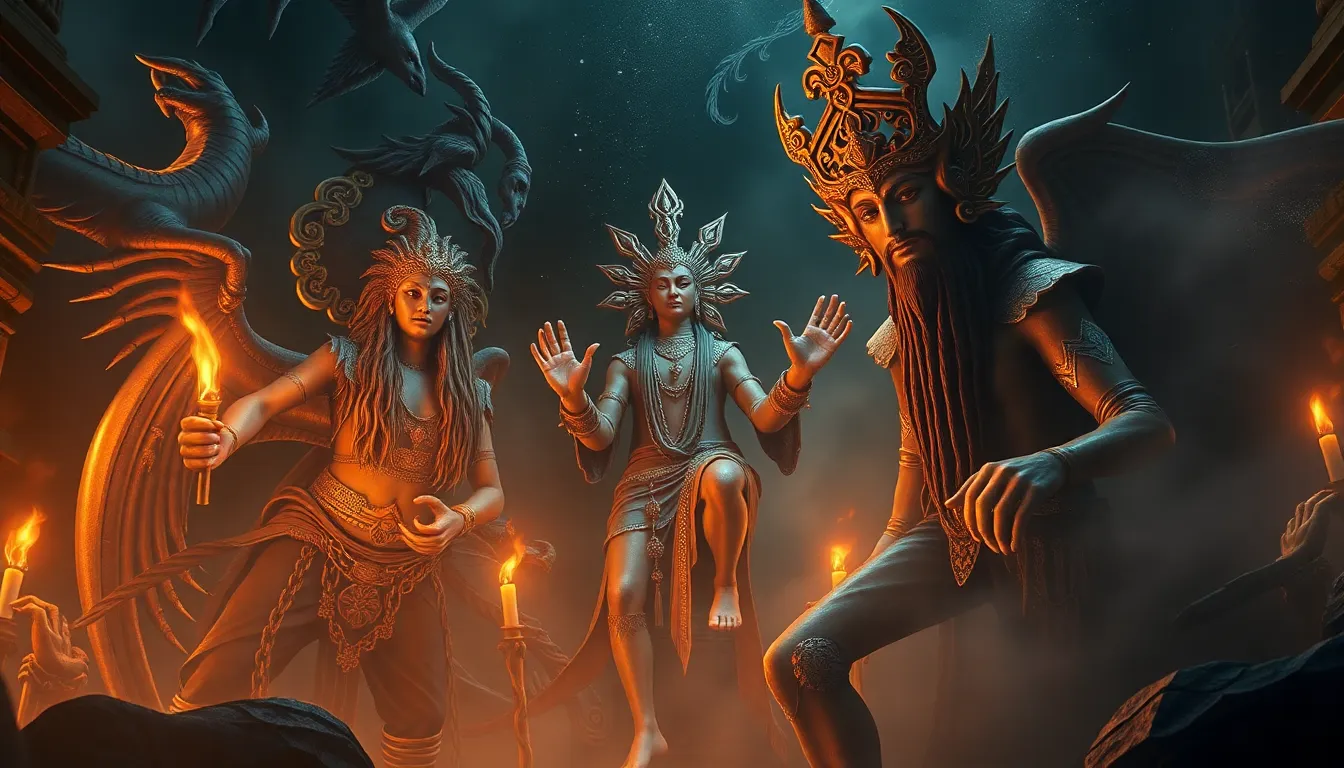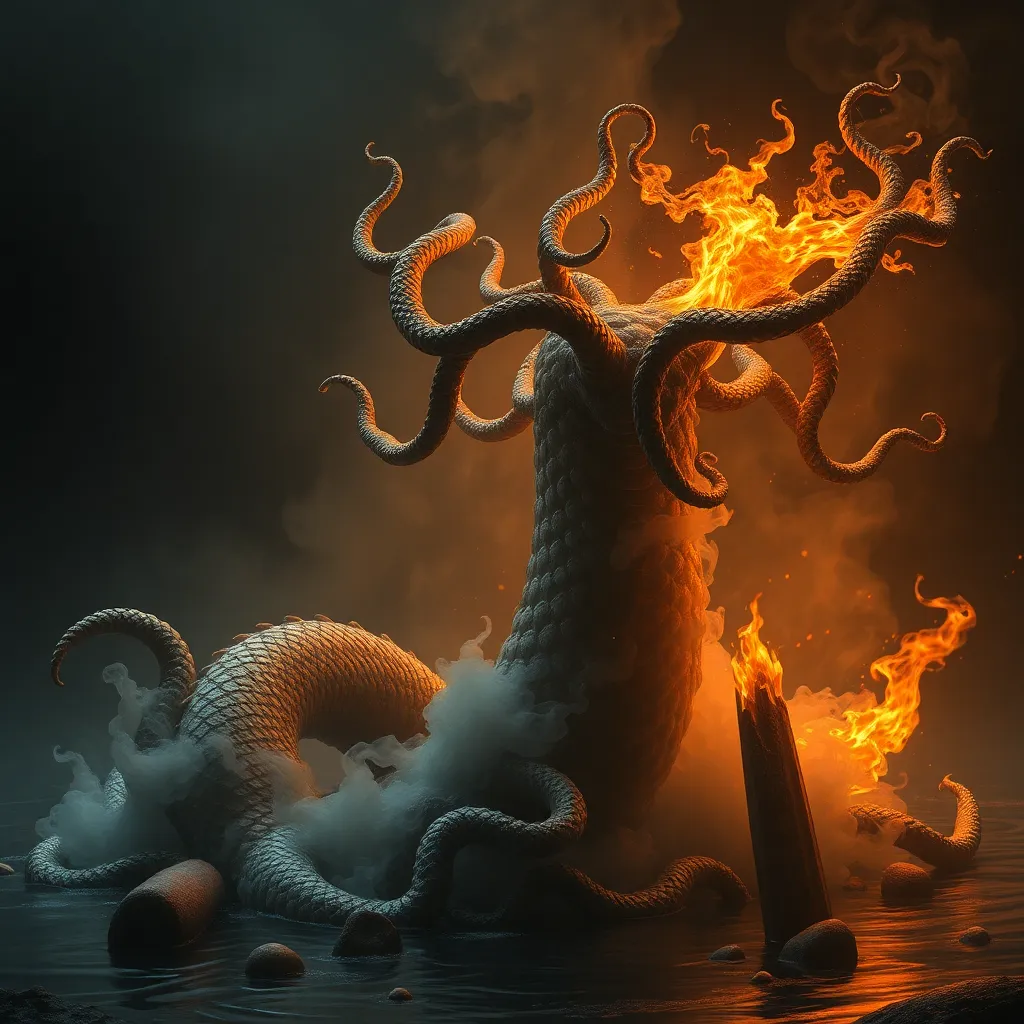Fenrir’s Transformation: From Playful Pup to Doombringer
I. Introduction
In Norse mythology, Fenrir is one of the most enigmatic and formidable creatures, a wolf whose transformation from a playful pup to a harbinger of doom serves as a central narrative in the mythos. This transformation is not merely a change in form but symbolizes the inevitability of fate and the chaos that follows. The purpose of this article is to explore Fenrir’s origins, his early interactions with the gods, the foreshadowing of his destructive potential, and the implications of his role in the apocalyptic event known as Ragnarok.
II. The Origins of Fenrir
Fenrir’s story begins with his unusual lineage. Born to the trickster god Loki and the giants Angerboda, Fenrir’s bloodline sets the stage for his complex relationship with the Aesir gods. This section delves into:
- A. Birth and lineage: Fenrir is the offspring of Loki, a god known for his cunning and mischief, and Angerboda, a giantess associated with chaos.
- B. The role of the Aesir gods: The Aesir, the principal pantheon in Norse mythology, initially welcomed Fenrir as a curious and playful creature.
- C. Fenrir as a playful pup: In his early days, Fenrir was perceived as an innocent wolf, enjoying playful interactions with the gods, who were unaware of the dark future that awaited him.
III. Early Signs of Power
As Fenrir grew, so did his strength and size, which began to raise alarms among the Aesir gods. This section covers:
- A. Growing strength: Fenrir’s rapid growth was impressive, and he soon became a formidable presence among the gods.
- B. The gods’ initial reactions: Concerned about his potential for destruction, the gods decided to keep a close watch on Fenrir.
- C. The prophecy of doom: There were whispers of a prophecy that foretold Fenrir’s significant role in the end times, hinting at the chaos he would eventually unleash.
IV. The Binding of Fenrir
Realizing that they could not control Fenrir’s growing might, the Aesir gods sought a way to bind him. This section discusses:
- A. The attempt to contain Fenrir: The gods commissioned the dwarves to create Gleipnir, a magical ribbon made from impossible materials, to bind Fenrir.
- B. The symbolism of binding: This act of binding Fenrir symbolizes the futile attempts to control fate and the natural order.
- C. Fenrir’s response: Fenrir, sensing treachery, agreed to be bound only if one of the gods placed their hand in his mouth as a pledge. This act foreshadowed the tragic consequences of their actions.
V. The Prophecy and Its Implications
The prophecy surrounding Ragnarok is central to Fenrir’s narrative. This section explores:
- A. The story of Ragnarok: Fenrir is foretold to break free during Ragnarok, the cataclysmic battle that will lead to the death of many gods, including Odin.
- B. The connection to destruction: Fenrir’s release signifies the unleashing of chaos and destruction upon the world, reflecting the cyclical nature of life and death in Norse mythology.
- C. Themes of fate and inevitability: Fenrir embodies the concept of fate, demonstrating how even the gods are powerless against the forces of destiny.
VI. The Doombringer Unleashed
When Ragnarok finally arrives, Fenrir’s release marks a pivotal moment in the myth. This section discusses:
- A. The events of Ragnarok: As the world descends into chaos, Fenrir breaks free from his bindings, unleashing his full power.
- B. The conflict with Odin: In a fierce battle, Fenrir confronts Odin, ultimately devouring him, showcasing the tragic culmination of their intertwined fates.
- C. Symbolism of chaos: Fenrir’s role as a harbinger of chaos represents the inherent destruction that accompanies transformation and change.
VII. Fenrir in Modern Interpretations
In contemporary literature and media, Fenrir’s character continues to evolve. This section explores:
- A. Fenrir in contemporary works: Fenrir appears in various novels, films, and video games, often portrayed as a complex character.
- B. Evolution of character: Modern interpretations frequently explore themes of identity, transformation, and the duality of nature, contrasting Fenrir’s playful origins with his destructive potential.
- C. Themes of transformation: Fenrir symbolizes how beings can embody both creation and destruction, reflecting the complexities of nature and existence.
VIII. Conclusion
Fenrir’s journey from a playful pup to a doombringer encapsulates the themes of transformation and destiny in Norse mythology. His story serves as a reminder of the inevitability of fate and the dual nature of existence, where light can swiftly turn to darkness. The lasting impact of Fenrir on mythological narratives highlights how ancient stories continue to resonate in modern interpretations, reminding us of the timeless struggle between chaos and order.



